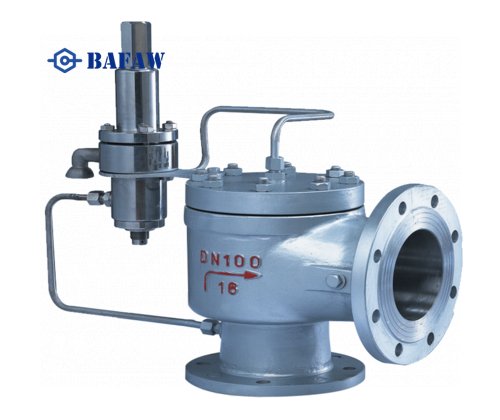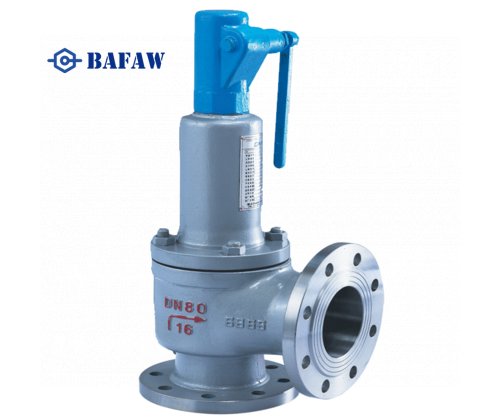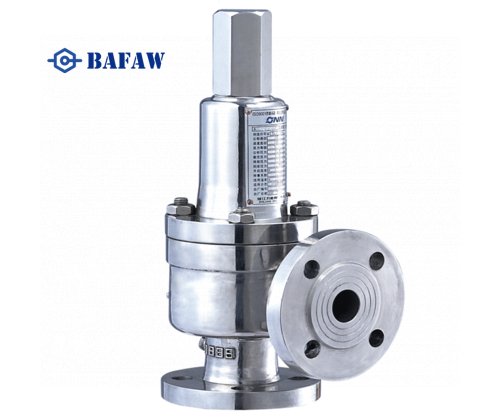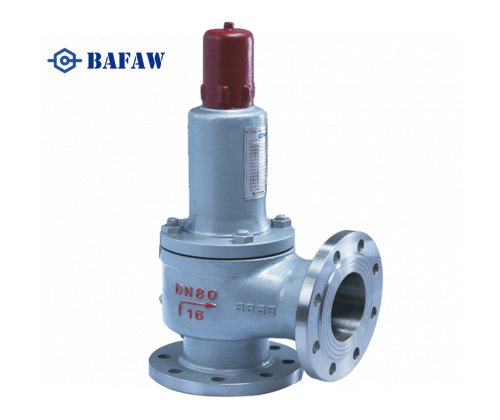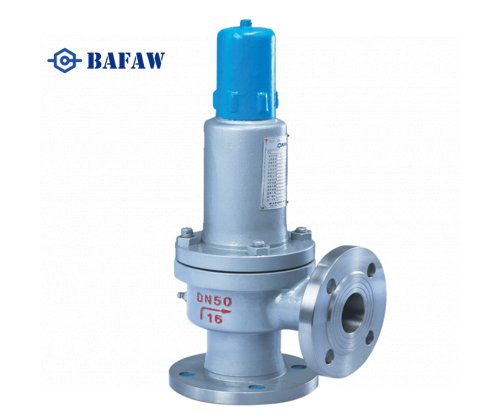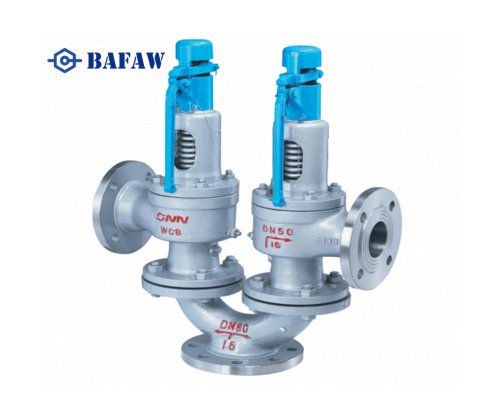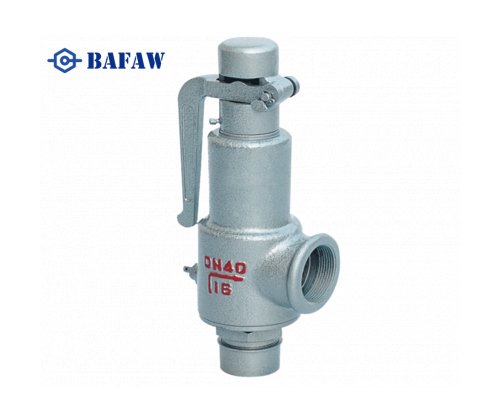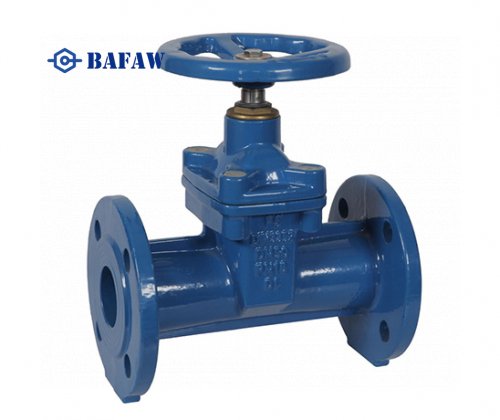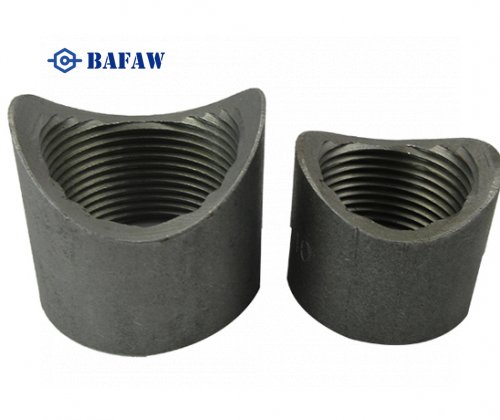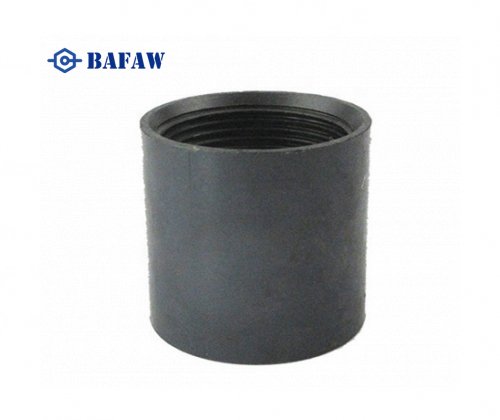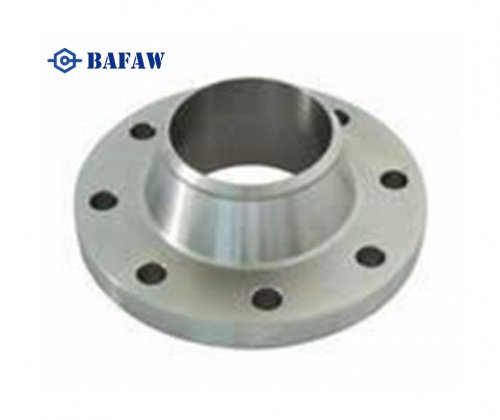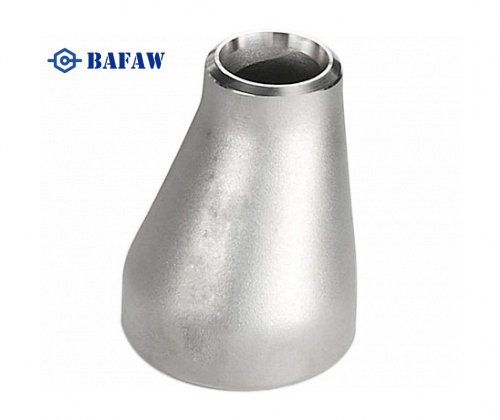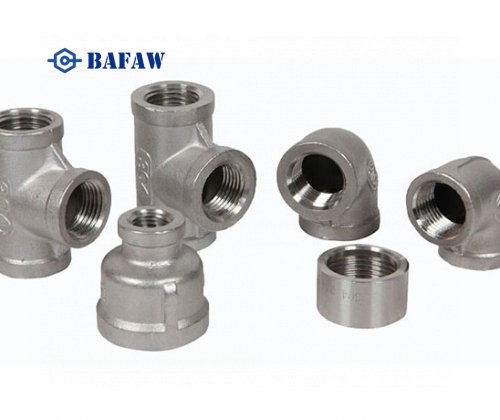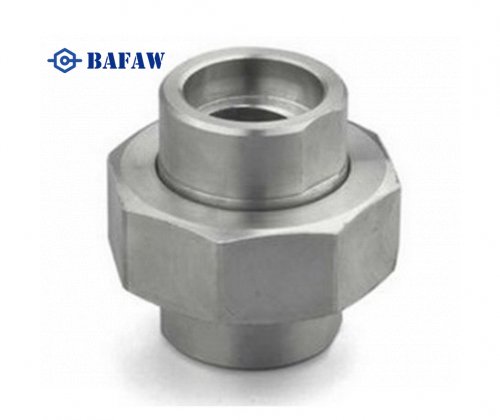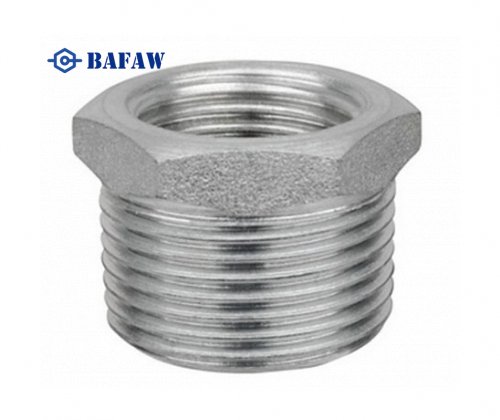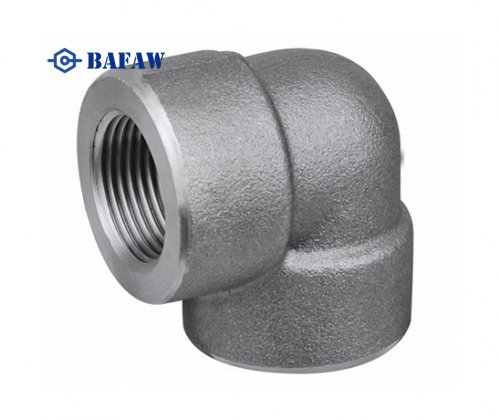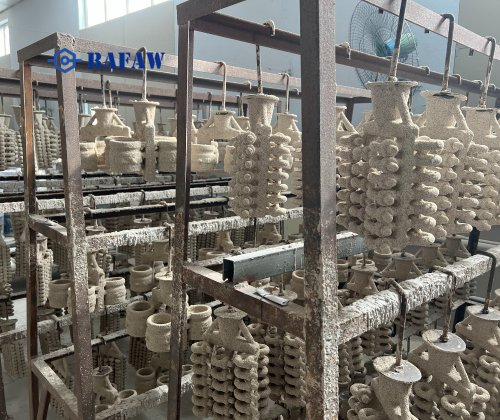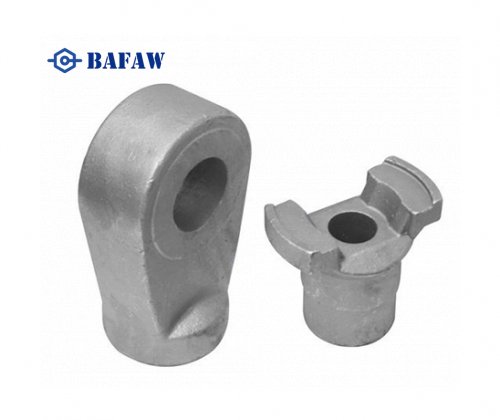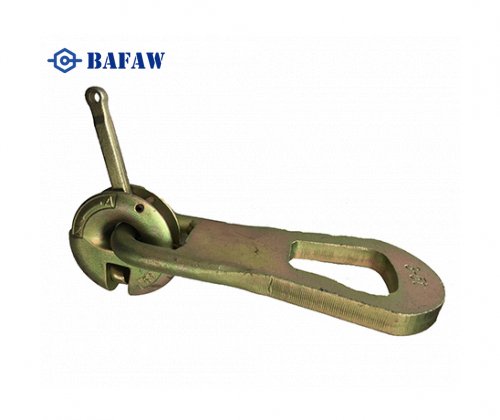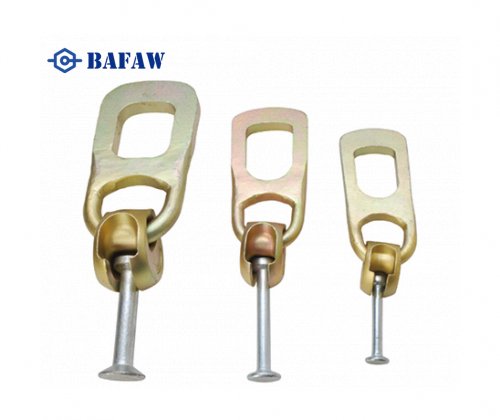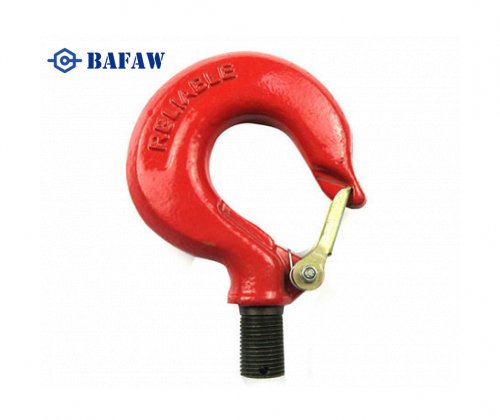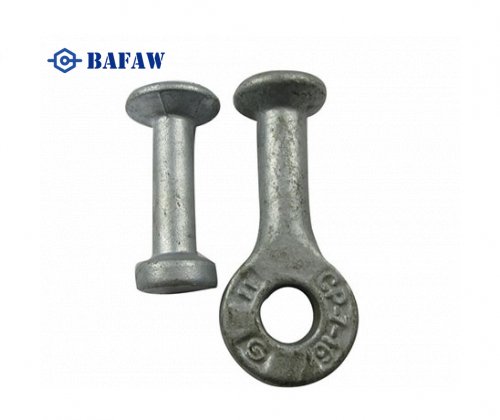Keeping actuator valves in peak condition is critical for safe and optimal plant operations. Preventing issues through regular maintenance isn’t simply a matter of addressing these issues. It’s extremely important in keeping these valves performing longer and better.
In more complicated configurations, actuator valves are found at the field level. At the same time, automation controls are installed significantly higher, adding to the span and making it difficult to perform performance checks. Even so, a regular maintenance schedule goes a long way toward identifying wear, avoiding failure, and reducing expensive downtime.

Spotting Common Failure Points
Actuator valves, including various valve actuator applications, tend to fail due to excessive usage, harsh environmental conditions, or an improper match with the system. Overheating is typical when the valve operates beyond its duty class. Dust, moisture, and harsh chemicals can deteriorate seals and moving parts, particularly in pneumatic valve actuators.
By monitoring common sources of failure and taking preventative measures, teams can intervene before small issues escalate into major headaches. Keep an ear out for strange sounds, dripping, or sluggish motion! Utilizing predictive tools and remote inspections allows you to identify issues before they become catastrophic, especially in critical valve actuator scenarios, saving time and aggravation in the process.
Regular staff training is essential—understanding the signs of wear and tear can prevent larger issues from developing and ensure maximum safety remains, particularly when dealing with high pressure control valves.
Proactive Care Saves Big Money
Addressing minor problems before they become major ones translates to big savings. Plants committed to regular, proactive maintenance avoid as many unexpected shutdowns and pay significantly lower repair bills.
In fact, one facility in San Francisco reduced repair costs by 33% by implementing regular monthly inspections. Establishing simple, measurable maintenance schedules and monitoring individual valve performance is key. Proactive care saves big money. Investing in these programs saves money in the long run.
Energy Savings: A Smart Choice
Well-maintained actuator valves consume significantly less power. Electric actuators, specifically, offer improved precision and reduced inefficiency compared to legacy technologies.
Businesses that converted to these experienced energy bill reductions of up to 15%. Selecting the appropriate design and maintaining it properly results in consistent, predictable, and ongoing savings.
Meeting US Regulatory Standards
Staying in line with US rules is not only wise—it’s necessary. OSHA has established standards for hazardous work environment valve safety, and EPA regulates fugitive emissions.
Frequent third-party audits ensure that plants are up to these high standards. Accurate documentation and diligent awareness of regulatory shifts help ensure continued effective and safe operation.

Conclusion
Actuator valves do steel work in all realms from here in the States. From food processing plants in the Midwest to major refineries in Texas, these actuator valves ensure that product keeps flowing and pipelines remain secure. Choose the appropriate form factor, and your control system operates like a well-oiled machine. Neglect maintenance, and mechanical failures can take a serious toll. Supplemental accessories, such as limit switches or local controls, enable you to detect issues faster. No matter the work, solid picks and intelligent upkeep cut costs and time. Take care of your equipment and it will take care of you! Close your valves, replace damaged components, and educate your team on proper operation. Looking for more advice or have an actuator valve tale we should hear about? Leave your questions in the comments or feel free to contact us. So keep your wits about you and look out for one another in this speedy new age.
Frequently Asked Questions
What is an actuator valve?
What is a valve actuator? It is controlled by an external power source, such as electric actuation, pneumatic valve actuators, or hydraulic energy, enabling it to open or close the valve. This mechanism simplifies automating precise flow control in piping systems.
How do actuator valves benefit American industries?
Actuator valves, especially pneumatic valve actuators, allow for more accurate flow regulation, less reliance on manual actuators, and increased risk mitigation. They are essential to the safe, efficient, and effective operations of these U.S. industries, including oil and gas, water treatment, and manufacturing.
What types of actuators are most common in the United States?
What types of valve actuators are most prevalent in the United States? Electric actuators have gained in popularity for remote control, but pneumatic valve actuators deliver fast, dependable action for tough industrial applications.
How do I choose the right actuator valve?
Take into account your system’s pressure, temperature, and needed response time when selecting pneumatic valve actuators. In addition, consider power consumption and maintenance requirements. Work with a trusted U.S. Supplier to determine the right fit for your valve actuator applications.
What maintenance do actuator valves need?
Inspect for leaks regularly, test the function of the valve actuators regularly, and inspect all seals and connections for wear. Lubricate moving parts and adhere to the manufacturer’s recommended maintenance schedule to keep pneumatic valve actuators operating for years.
Are there add-ons to improve actuator valve performance?
Yes. Positioners, limit switches, and fail-safe devices are typical additions to valve actuators, enhancing measurement accuracy, safety, and reliability in tough U.S. industrial applications.
Can actuator valves handle extreme U.S. weather conditions?
Most valve actuators are designed to withstand extreme American climates, including thawing from freezing conditions and enduring scorching heat. Always select pneumatic valve actuators rated for your area’s climate and environmental conditions when shopping.

















